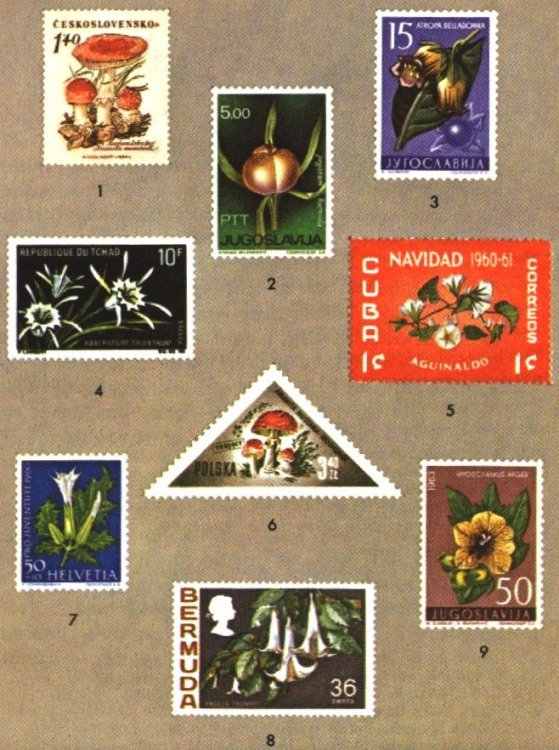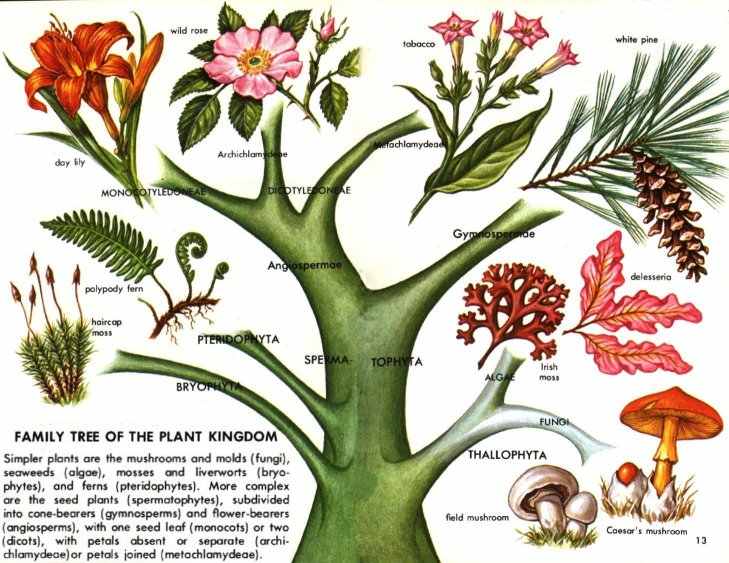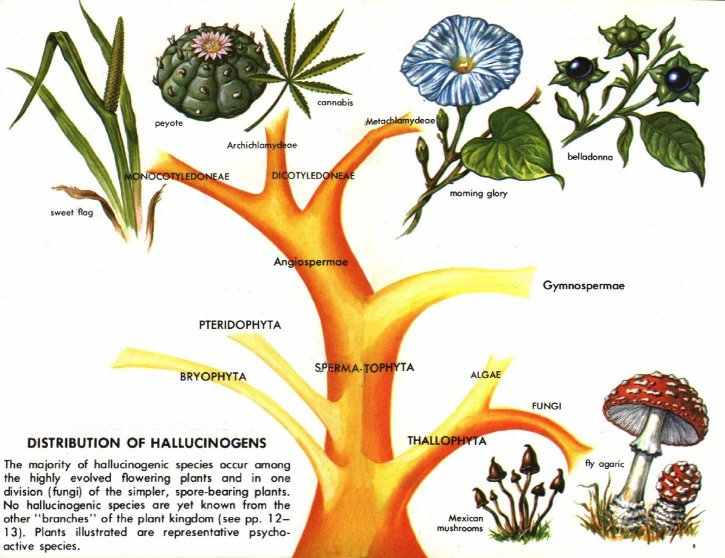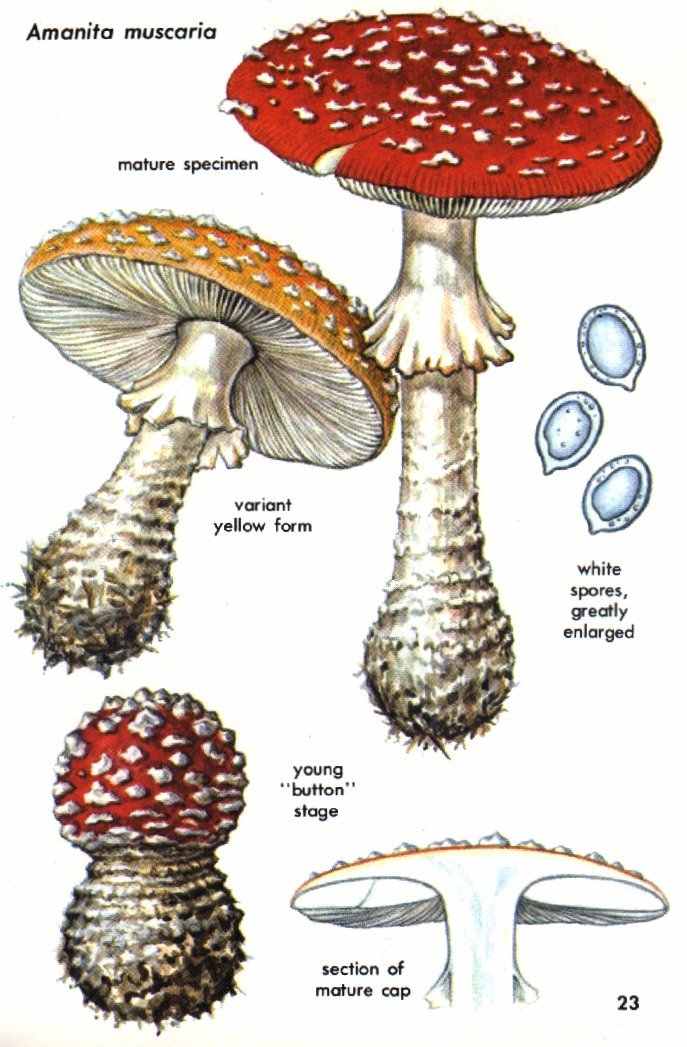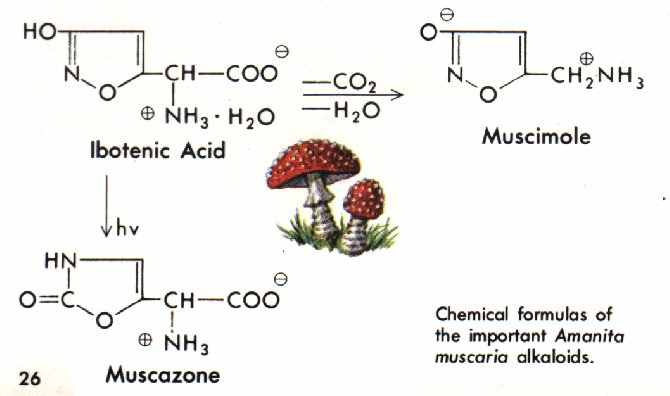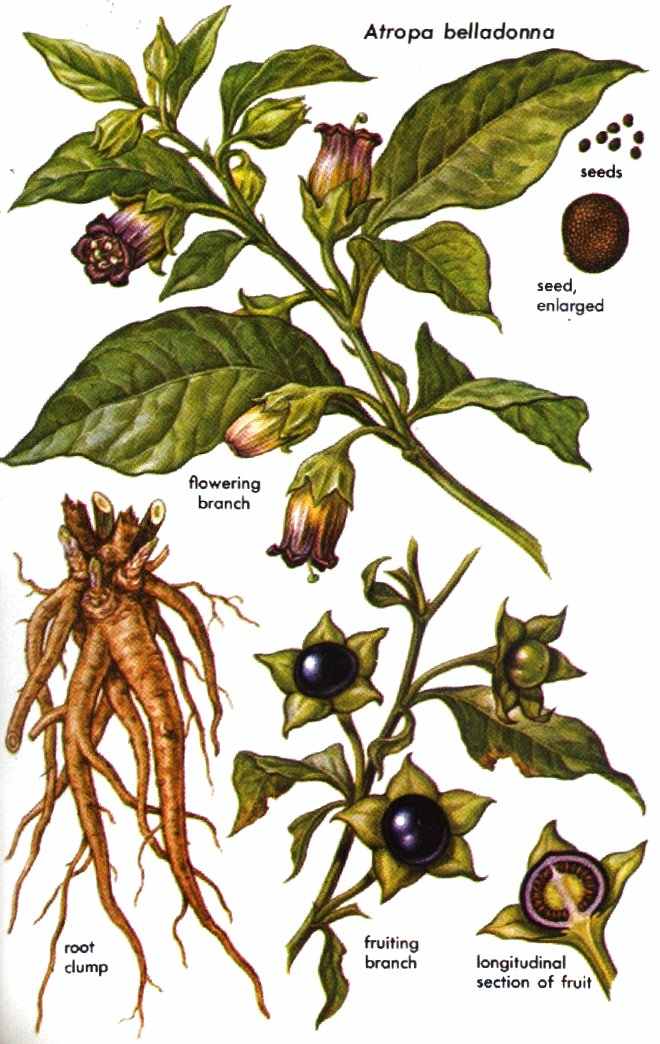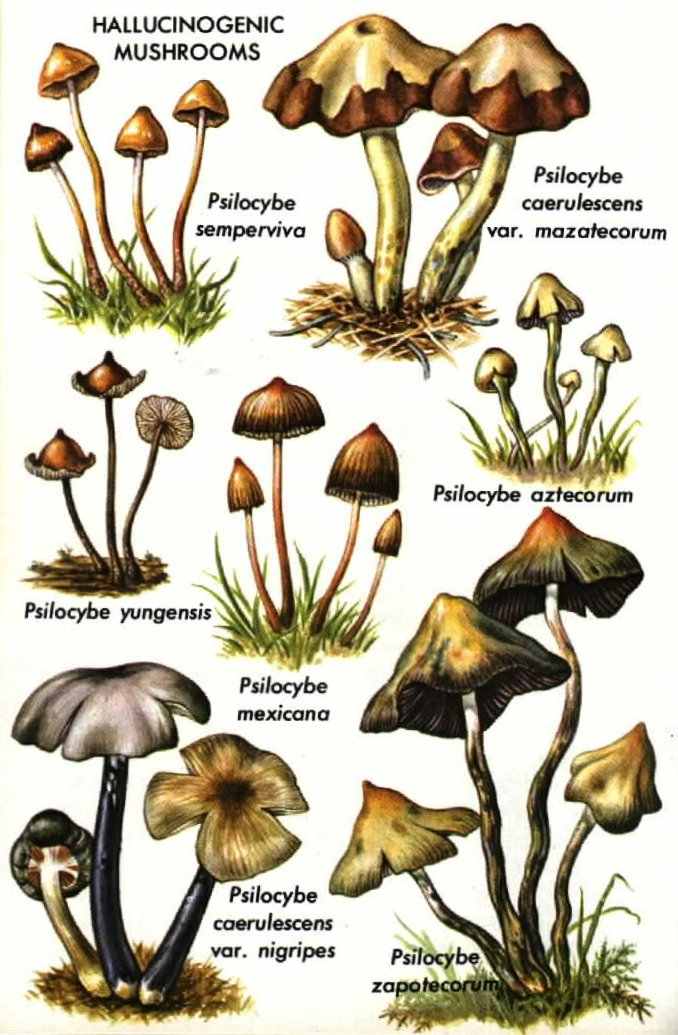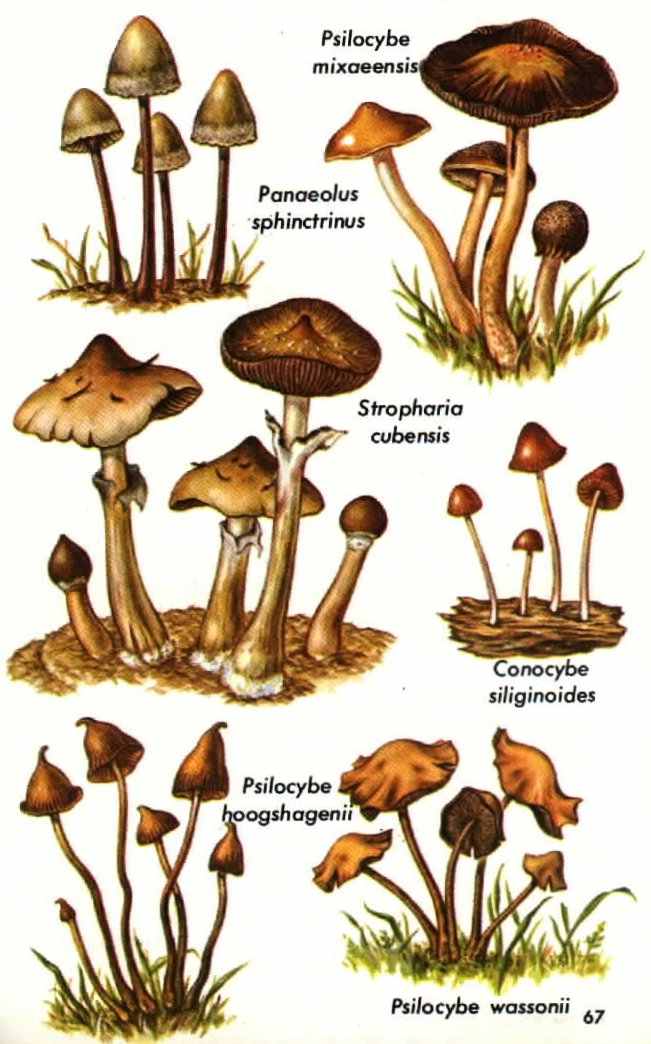The short video clip below will educate in the versatility and origins of this misunderstood four letter word.
So..."One Nation under God with liberty and fucking justice for all!!" FUCK!!!!
Fuck is an English word that is generally considered profane which, in its most literal meaning, refers to the act of sexual intercourse. However, by extension it may be used to negatively characterize anything that can be dismissed, disdained, defiled, or destroyed.
"Fuck" can be used as a verb, adverb, adjective, command, interjection, noun, and can logically be used as virtually any word in a sentence (e.g., "Fuck the fucking fuckers"). Moreover, it is one of the few words in the English language which could be applied as an infix (e.g., "Am I sexy? Absofuckinglutely!"; "Bullfuckingshit!"). It has various metaphorical meanings. The verb "to be fucked" can mean "to be cheated" (e.g., "I got fucked by a scam artist"), or alternatively, to be sexually penetrated. As a noun "a fuck" or "a fucker" may describe a contemptible person. "A fuck" may mean an act of copulation. The word can be used as an interjection, and its participle is sometimes used as a strong emphatic. The verb to fuck may be used transitively or intransitively, and it appears in compounds, including fuck off, fuck up, and fuck with. In less explicit usages (but still regarded as vulgar), fuck or fuck with can mean to mess around, or to deal with unfairly or harshly. In a phrase such as "don't give a fuck", the word is the equivalent of "damn", in the sense of something having little value. In "what the fuck", it serves merely as an intensive. If something is very abnormal or annoying "this is fucked up" may be said.
Please tell me and express your favorite naughty word or just your favorite fucking word, it really doesn't fucking matter, I would just like to get idea where we all stand!! So, don't fucking forget to comment.....
